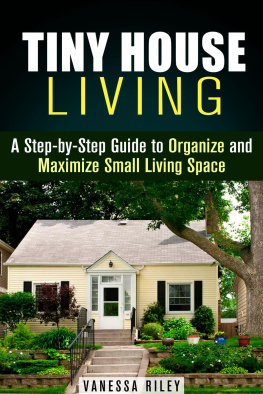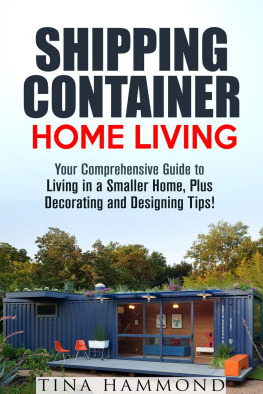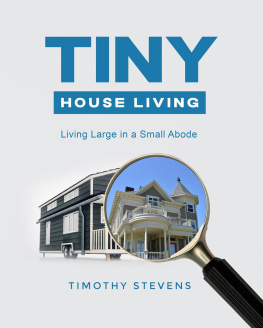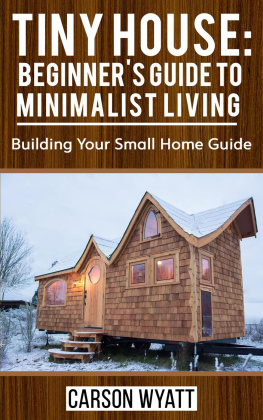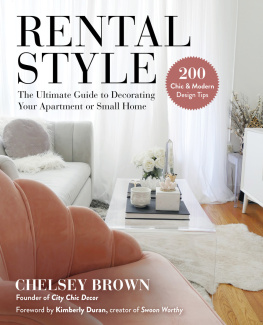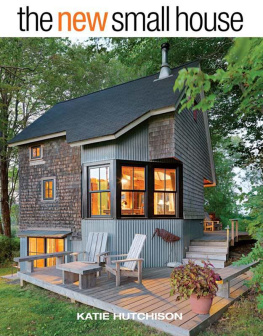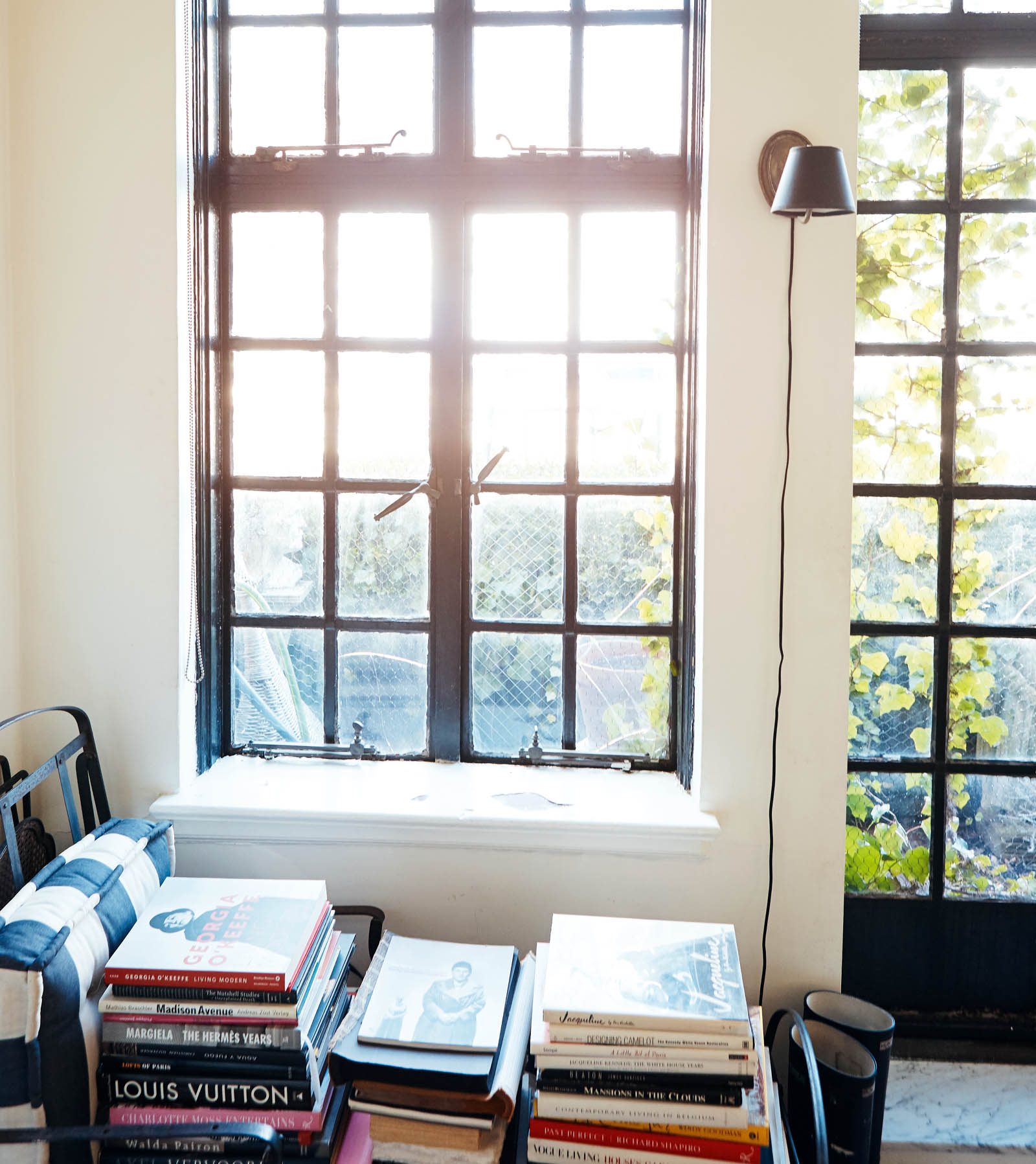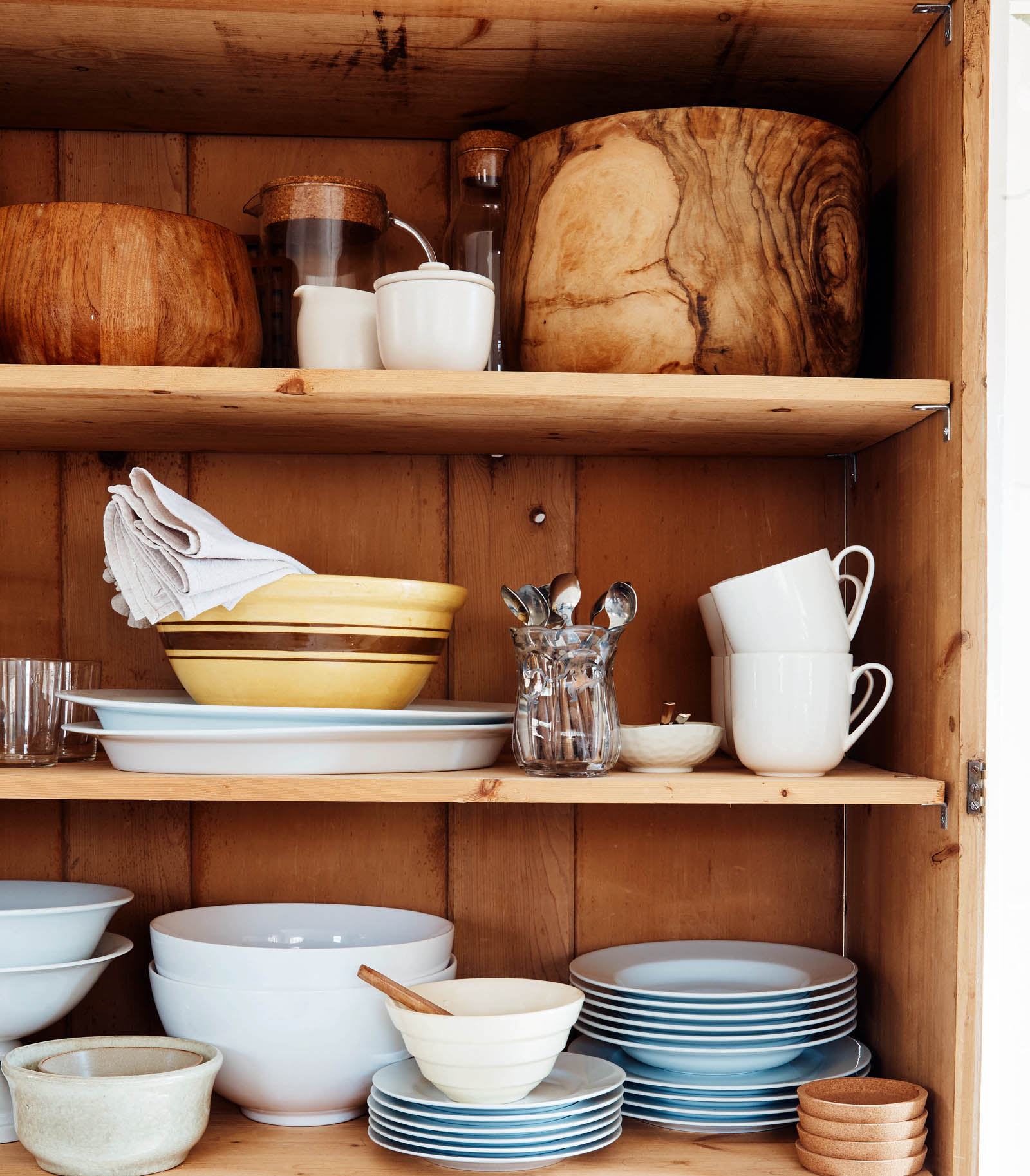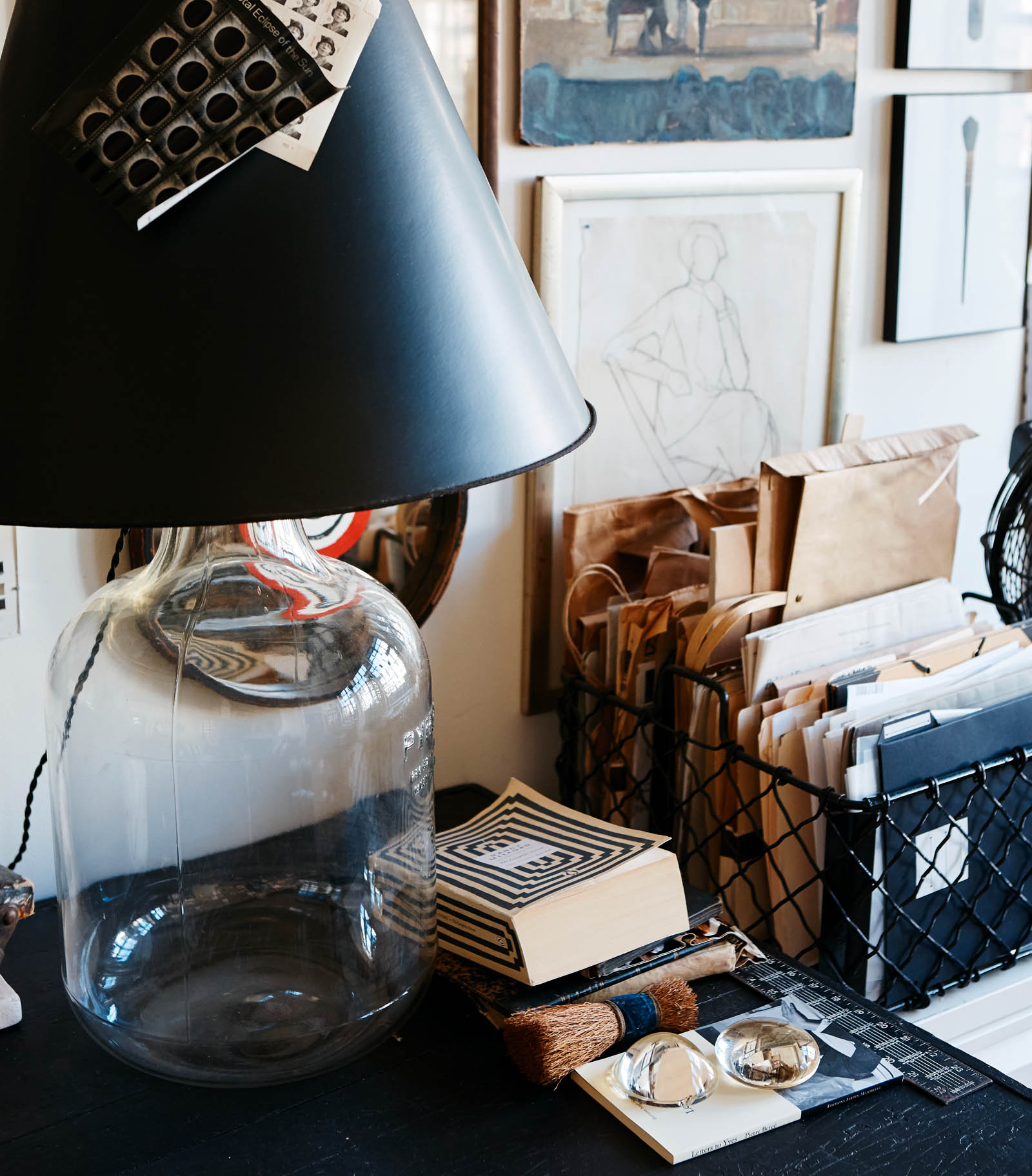All rights reserved. No part of this book may be reproduced by any means whatsoever without written permission from the publisher, except brief portions quoted for purpose of review.
P.O. Box 667
Names: Fenton, Laura, 1980- author. | Wells, Weston, illustrator.
Title: The little book of living small / Laura Fenton ; photographs by Weston Wells.
Description: First edition. | Layton, Utah : Gibbs Smith, [2020] | Summary: Small-space secrets and real-life solutions for living in 1,200 square feet or less. Highly readable with actionable advice and beautiful interior photography, this book is one that readers can refer back to often when they need a boost of inspiration or motivation. Provided by publisher.
Identifiers: LCCN 2019023462 | ISBN 9781423652533 (hardcover) | ISBN 9781423652540 (epub)
Subjects: LCSH: Small houses. | Apartments.
To our son, William, the biggest, little thing to ever come into our world.
Foreword
I have never been forced to accept compromises but I have willingly accepted constraints.
Charles Eames
When I started out life in New York City, my apartment was 250 square feet of heaven. It was my first home as an adult: I lived there for more than fifteen years, and our daughter lived there until she was one. That home gave me a life in the city that I could never have afforded. It also gave me a neighborhoodthe West Villageand neighbors who changed my life and became the bedrock of my experience in the city.
There is nothing like living a cozy life amongst people you feel a kinship with. That home helped support a truly big life. That home also taught me a lot about how to change and shift space to make it meet my changing needs.
As with Charles Eamess great quote above, I realized a number of times that moving to a bigger space would not solve my problems. The constraints of a smaller space in a neighborhood and building I loved forced me to keep seeking solutions and redoing my small home in ways that amazed even me.
I learned how to work with paint, lighting, closets, and doors (remove them!). I learned how to build my own solutions when I couldnt buy them, and I learned all of the ingredients that allow us to have that wonderful feeling of being comfortable at home. Surprisingly, space wasfor many yearsthe least of my issues; I saw it as a constraint and never as a compromise.
I started Apartment Therapy as a service in 2001 (I worked with people in their homes) and the website ApartmentTherapy.com in 2004, because I was living what felt like an amazing experiment that was worth sharing. I also started the business because I was inspired by the simple movement of the early 2000s. Being from a generation that reacted to the excesses of American cities and wanted more from life, not more things, home became the very real center of building a life that I could truly believe in and that would get me out of bed each morning with excitement.
Not only is this still true, but, I will also admit, that this past summer I had my first experience of wanting to move out of a home that felt big and uncomfortable. After four years in a Brooklyn brownstone, which seemed so lovely and roomy at first, my daughter and I both decided it was simply too much space. We are now happily living in a two bedroom, which is far smallerand we couldnt be more comfortable.
Best,
Maxwell Ryan
Founder of Apartment Therapy Media

Introduction
Its a small world. Tiny houses, minimalism, and a less-is-more attitude are everywhere today. After years of a bigger is better mentality toward homes, people are realizing that extra square footage does not equal greater happiness.
A generation ago, the ideas that a smaller home might be better and that quality should come before quantity were revolutionary. Today, there are four different television shows about tiny houses and more than a million images with the hashtags #tinyhouse and #tinyhome on Instagram. For the first time in decades, the average house size in the United States is shrinking. (The all-time high of 2,467 square feet in 2015 was 49 percent bigger than in 1978!) In recent years, megacatalog retailers have introduced collections of small-scale furniture to cater to a growing market, and a Want Better Not More poster has become a cult best seller. Small is suddenly a big deal.
Smaller homes are trending for a number of reasons: More than a decade after the housing crisis, builders are finally building houses for regular people, not just the rich. Millennials, who have witnessed the dangers of overextending, are seeking out more affordable housing options and delaying home purchases. And those same younger people are moving to cities in increasing numbers.
Choosing small is not just a financial decision or a reaction to the housing market. It is also an ecological choice for an increasingly green-minded sector of homeowners. The same energy that has people across the globe protesting in demand of climate change action has people reconsidering how and where they ought to live.
The small home trend is also closely related to the minimalism movement that turned Marie Kondo into a household name. Indeed, the goal of living small is to streamline every part of our lives.
But the road to tiny is not as simple as deciding to downsize your home. Choosing small is a lifestyle that impacts every part of ones lifenot just the four walls that surround us. A smaller-than-average home requires dedication and discipline, but it rewards its inhabitants with greater freedom.
This book is a comprehensive guide to the small lifestyle. It will show you how to make the most of limited square footagewith grace and style. It will also help you discover the joy of living well with less in all aspects of your life. A small home can provide the same material and spiritual comforts as a mansionwhether you are a single person or a family with kids. This book explores both the motivation behind choosing to live small, as well as the practical, everyday advice for managing a tight footprint.



